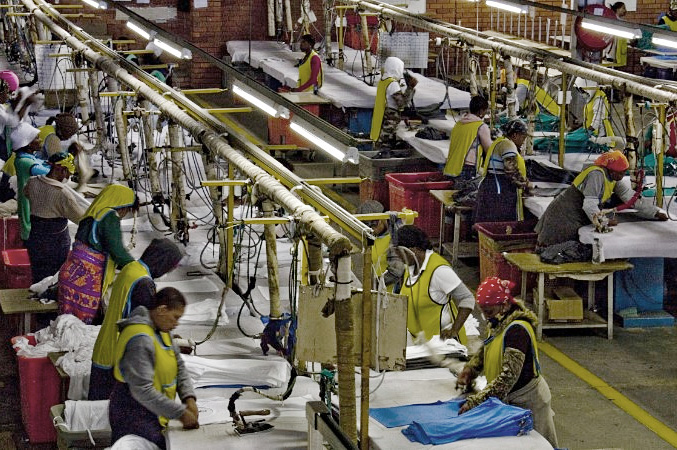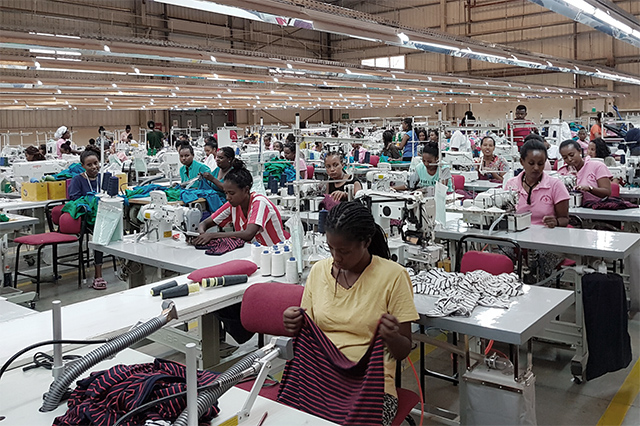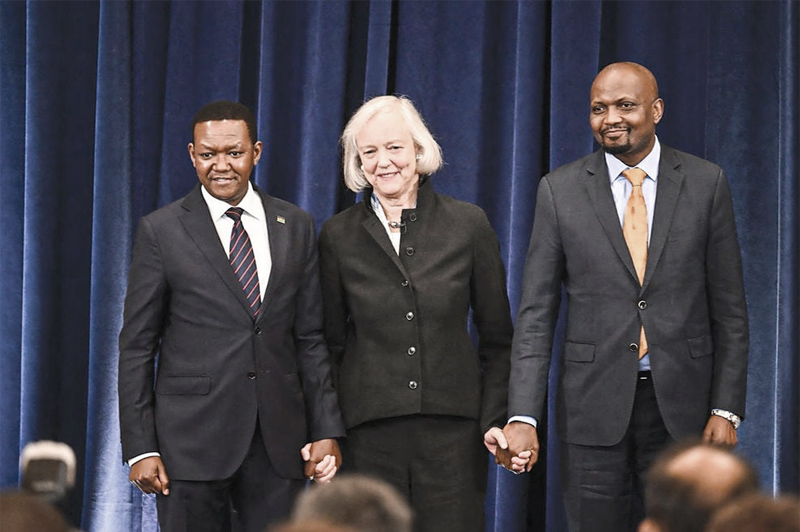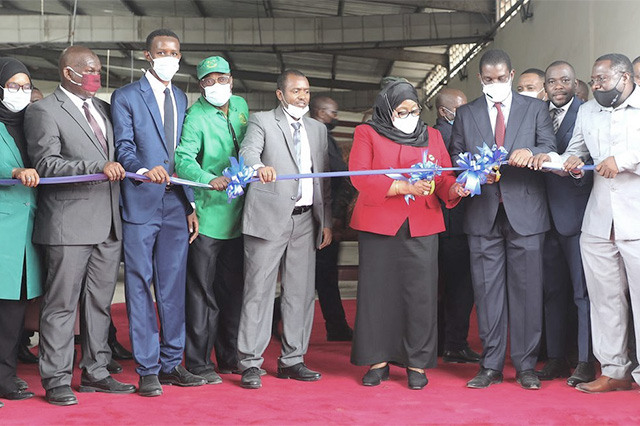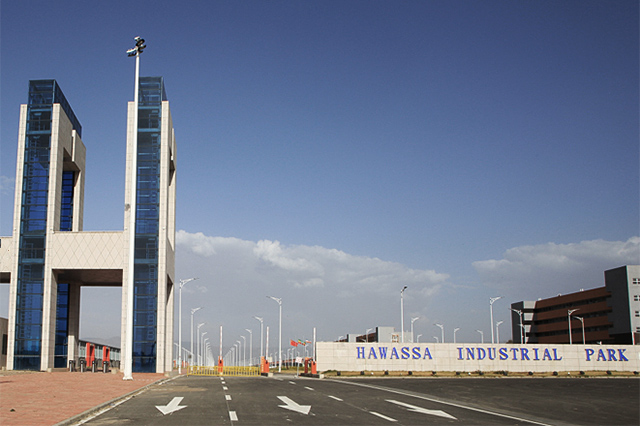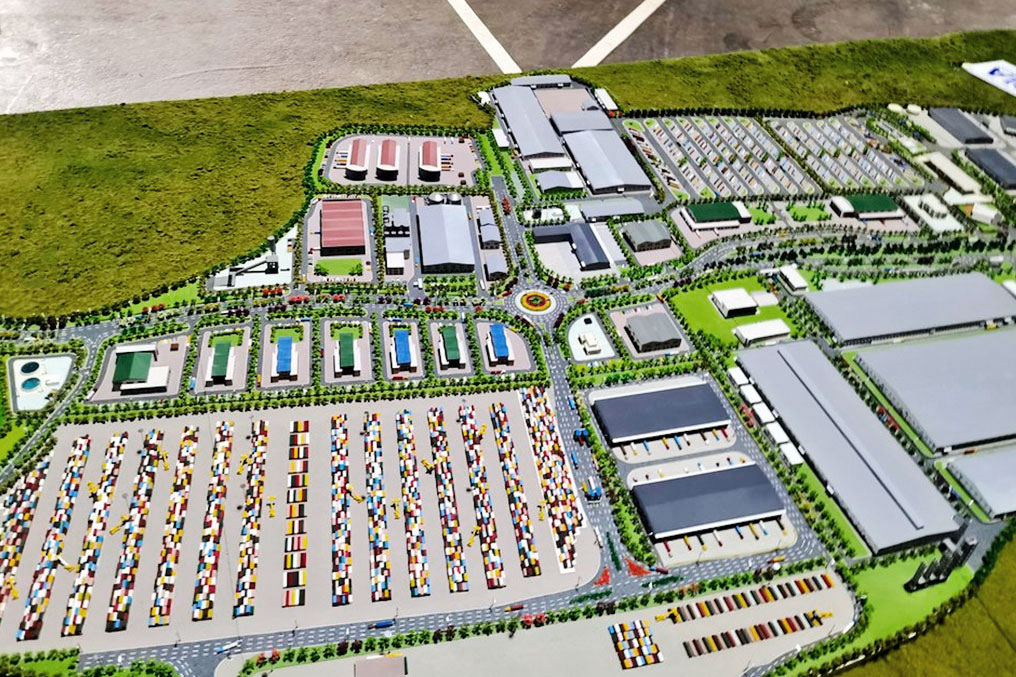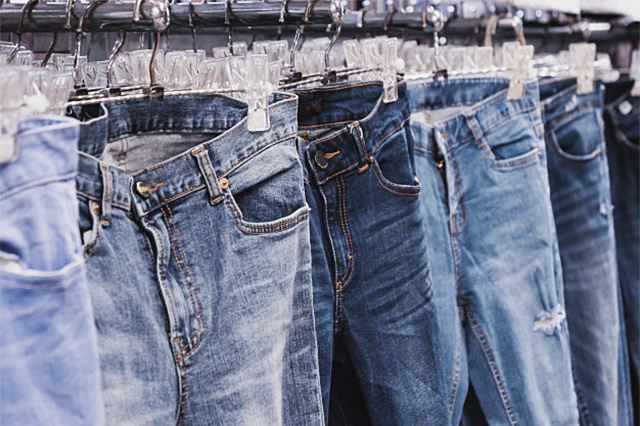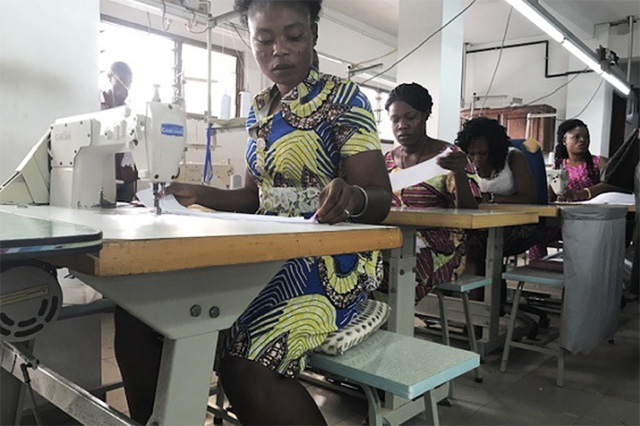Africa's rise poses threat to Bangladesh's apparel exports
The upward trend of garment exports from Africa, thanks in part to Bangladeshi investors, poses a threat to Bangladesh's second position in the global apparel trade.
In 2016, garment exports from 39 sub-Saharan nations stood at $2.6 billion, according to data from the International Trade Centre. Industry insiders are tipping the shipments to cross the $3-billion mark this year.
The countries enjoy duty-free and quota-free access for certain goods, including garment, to the US under the African Growth and Opportunity Act (AGOA).
And one of the major reasons for the booming garment exports from the African nations is investment by wily Bangladeshi garment makers to avail the duty privilege under the AGOA.
Bangladesh will not be allowed duty benefits to the developing and developed countries once the country graduates to the middle-income bracket.
So, in recent years, nearly a dozen Bangladeshi garment makers have invested either in joint ventures or individually in different African countries, especially Ethiopia and Kenya.
The impact of the upward trend of exports from the AGOA nations has already started to show on Bangladesh's apparel exports: for the first time in 15 years, the growth was not even in single digit in 2016-17.
Apparel export growth last fiscal year was just 0.20 percent. In contrast, growth was more than 13 percent in the last 10 years.
The receipt of $28.14 billion is way below the target of $30.37 billion.
The AGOA nations are faring well in basic garments – a market segment where Bangladesh also has huge concentration. Lower-end products account for 75 percent of the country's apparel exports.
“East Africa attracts a great deal of attention, growing at a rate even comparable to Bangladesh's historic growth while becoming a major force in the apparel industry over the next decade,” said McKinsey & Company, a global management consulting firm in 2015.
At that pace, the industry base across the region will quickly attract the funds to upgrade facilities.
Over the next decade, should this scenario play out, East Africa's export volumes could approach countries such as Mexico or Pakistan on apparel industry league tables.
“The investment by Bangladeshis in the AGOA nations is not the lone cause of the fall of garment export from Bangladesh. It is one of the many causes,” said Mahmud Hasan Khan Babu, vice-president of the Bangladesh Garment Manufacturers and Exporters Association.
Currently, a dozen Bangladeshi factories are in operations in the AGOA nations, Babu said, adding that the government should formulate a policy that ensures investors send money to African countries through the legal channel. MA Jabbar, managing director of DBL Group, said he invested nearly $100 million in Ethiopia with the view to exporting $36 million worth of knitted garment products to the US a year.
“I invested in the African country mainly to avail the duty benefit to the US,” Jabbar said, adding that he has employed 1,700 workers in Ethiopia.
The production at the Ethiopian factory is expected to start at the end of this year.
AK Azad, managing director of Ha-Meem Group, another leading garment exporter, said he wanted to invest in an African country but changed his decision due to longer lead-time to the US.
“Later, I sought permission from the government to invest $10 million in Haiti due to shorter lead-time and duty-benefit,” Azad said, adding that he is hopeful of getting the green light from the Bangladesh Bank.
Historically, the growth of the Kenyan apparel industry was driven almost exclusively by the duty-free access it enjoys from the US via the AGOA legislation that came into effect in 2001, McKinsey said.
The dependency on the US is high, accounting for 92 percent of the garment exports in 2013, according to the UN Comtrade.
The AGOA will expire in 2025.



